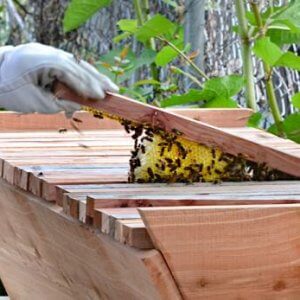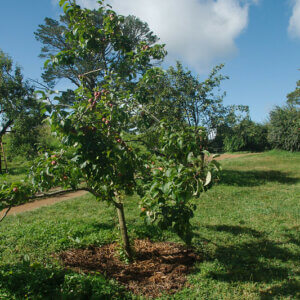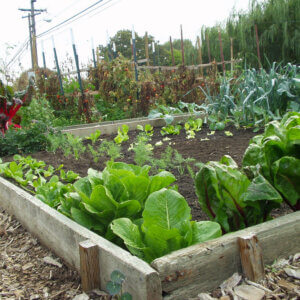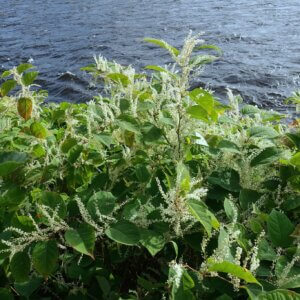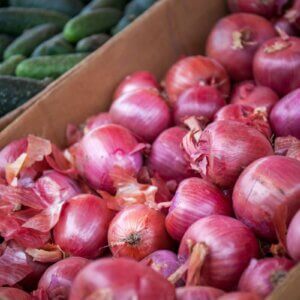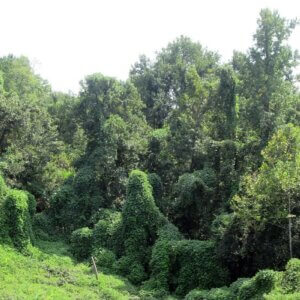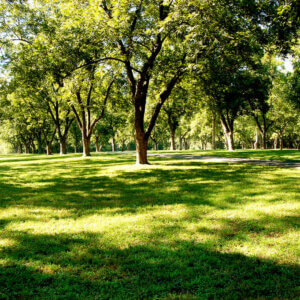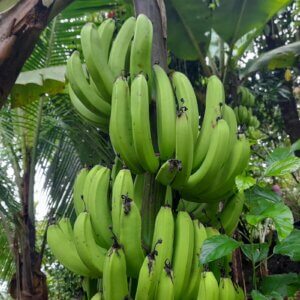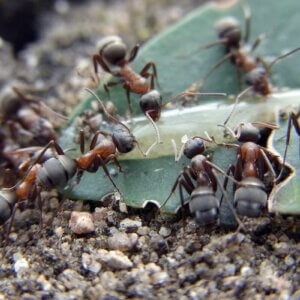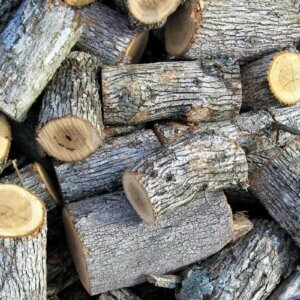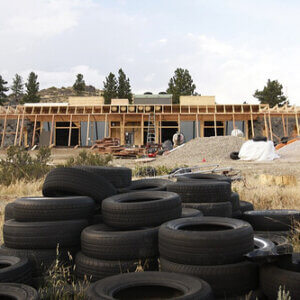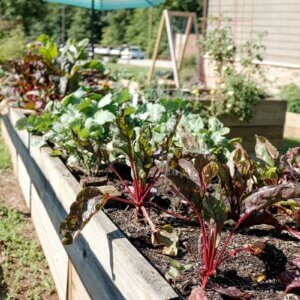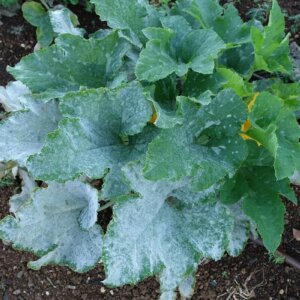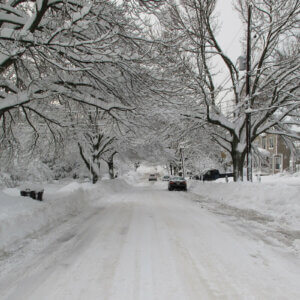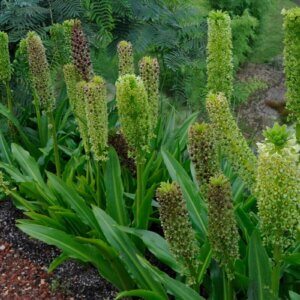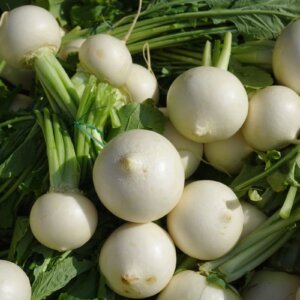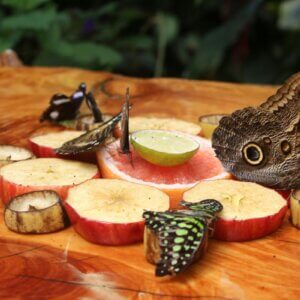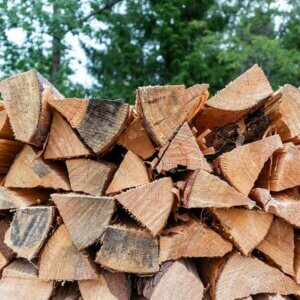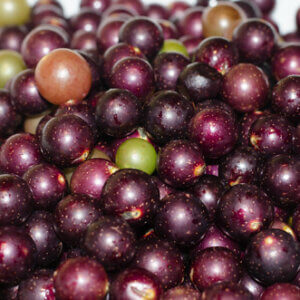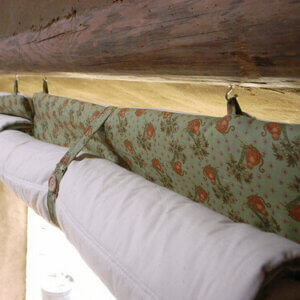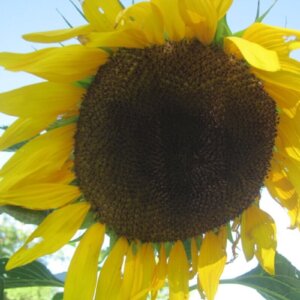Cultivated since at least 400 B.C., comfrey exhibits delicate blue, pink, purple, or white flowers that attract birds, bees, butterflies, and other pollinators and beneficial insects to the homestead landscape.
An extremely cold-hardy, perennial plant with an expansive root system, comfrey, also known as hound’s tongue, presents large bold, green leaves and a sturdy, upright flowering stalk. Comfrey is easily recognized by its long, slender deep-green leaves and thick, black-skinned roots.
The woody, herbaceous plant reaches a height of 2-3 feet at maturity. Blooming from early April into late fall, the plant displays small flowers, similar to forget-me-nots. In the wild, comfrey flourishes in pastures, meadows, waterways, and roadside ditches.
There are three plant species commonly referred to as the crop known as comfrey. Prickly comfrey earns its names from the bristle-like hair on its leaves and stems. Fields of common or wild comfrey grace the landscapes of England and Asia, while blue comfrey, also known as Russian or Quaker comfrey, blankets the hills of western Siberia.
Comfrey’s large leaves offer habitat for beneficial insects, while comfrey harvests nutrients and moisture from deep within the soil via its dark, long hairy roots. The plant’s thick roots act as an accumulator, drawing a host of essential nutrients from the soil.
All species of comfrey thrive in USDA Plant Hardiness Zones 3 through 9. Comfrey does best in sweet, nutrient-rich soil with a of pH 6.0 to 7.0 and prefers moist soil in a full-sun location. It produces the highest yields when cultivated under cool conditions. However, the hardy plant will tolerate light shade, is frost resistant, and will not wilt under protracted periods of warm days and drought.
Growing Comfrey
To produce the most abundant harvest, comfrey plants should be cultivated clear of weeds and competitive grasses and roots. Many gardeners plant beds of comfrey to establish a perennial source of rich organic fertilizer. Composted comfrey is as much as seven times higher in a diverse array of nutrients compared to conventional garden compost.
Comfrey rarely produces seed. Propagation is accomplished through transplants, crown division, or root cuttings. Comfrey spreads readily and after a year or two of growth, the comfrey bed will yield the same amount from any of the three propagation methods.
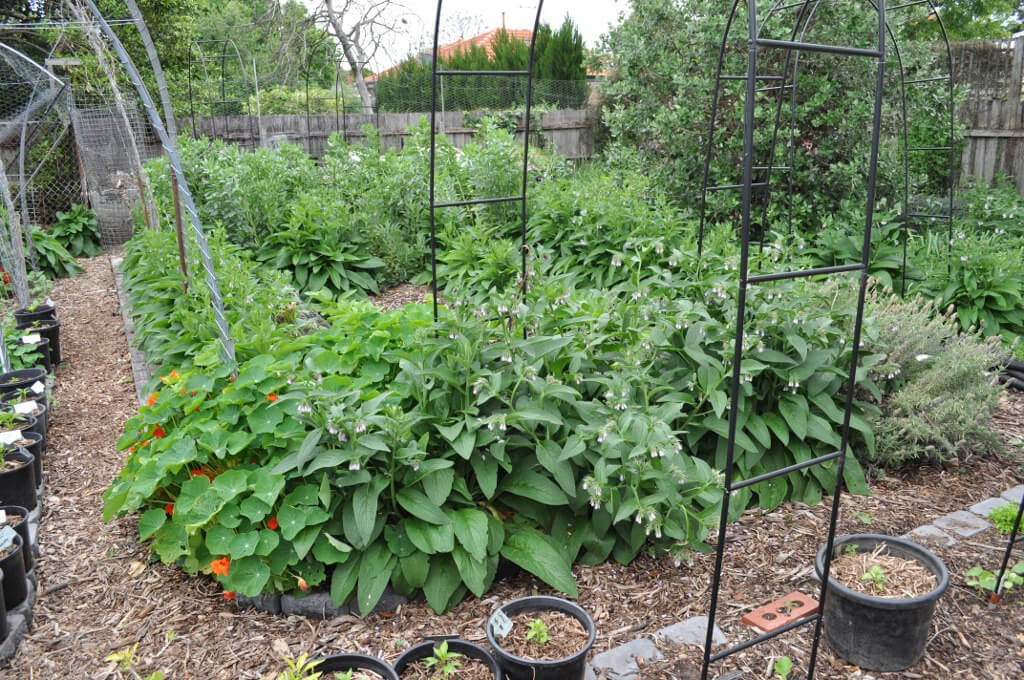
Transplants and crowns are available for sale at local home and garden centers, landscape nurseries, or online. If you want to establish a large comfrey colony, crown divisions are the least expensive propagation option.
Starting your comfrey crop from crown divisions is also the fastest method to encourage a high-yield crop the first year of planting. Crown divisions develop new buds in less than ten days, while it takes 3-6 weeks for root cuttings to generate new plants.
Planting Time
Comfrey is best planted in early spring after the soil begins to warm. Give a bit of thought to where you want to establish comfrey, because once started, the tenacious hardy plant is difficult to get rid of. A mature comfrey bed will flourish for decades before it begins to decline.
Plant comfrey crown divisions on 3-foot spacing, mounding soil around the base of the plant. Water new plantings well to remove air pockets around the roots. Tamp the soil lightly to hold crown divisions in place.
When planting root sections, plant 3-6 inch pieces of root approximately 3 feet apart. Lay the root sections in soil horizontally, planting 4-6 inches deep. If the soil is sandy, plant cuttings on the shallow side; if clay, plant root cuttings a bit deeper. Water transplants or cuttings well and keep moist until new growth appears.
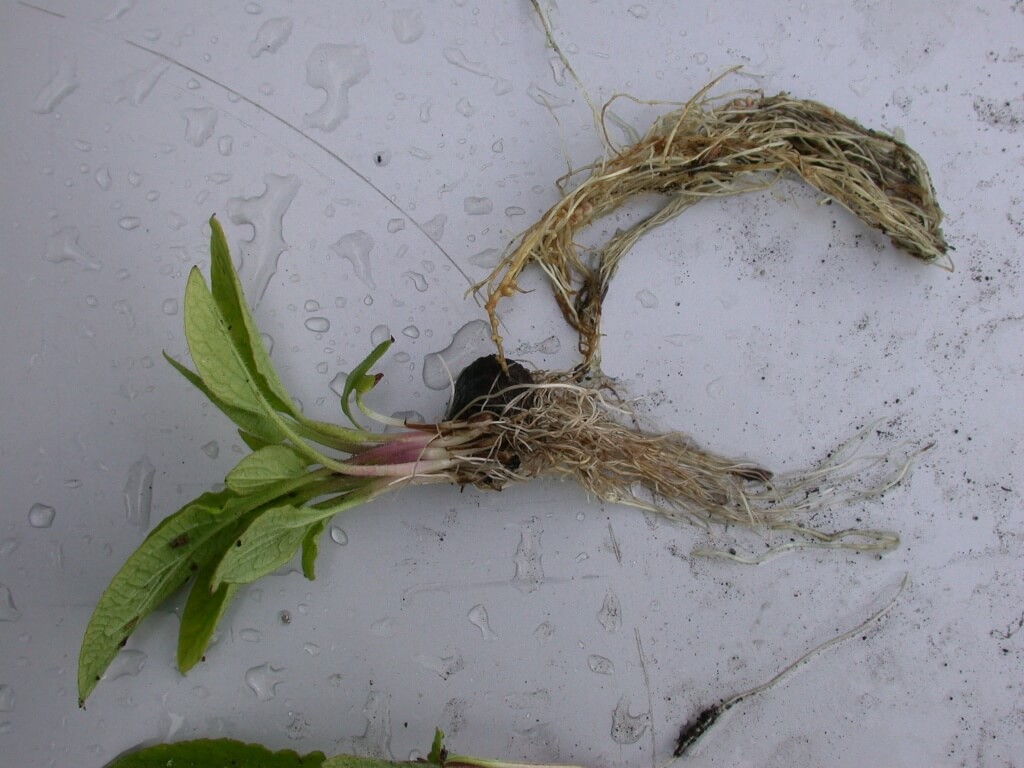
Comfrey is simple to grow. Once established, it pretty much takes care of itself. Non-invasive and easy to control, comfrey is a handsome addition to rock gardens, herb beds, and border plantings. Comfrey grows to a height of 2-3 feet and forms mounds more than a yard wide.
Drought-tolerant and disease-resistant, comfrey is an attractive landscaping plant, useful when used as a backdrop to colorful annuals. Comfrey is not bothered by insects and works well as a companion planting to corn, cucumbers, and carrots.
Unlike many plants, vegetative growth does not stop when the plant begins to develop flowers and bloom. Comfrey plants add new vegetation throughout the growing season, presenting an abundance of fresh, nutritious leaves and stems well into the late fall. While it is drought-tolerant, comfrey will do best with regular watering that provides at least an inch of moisture per week.
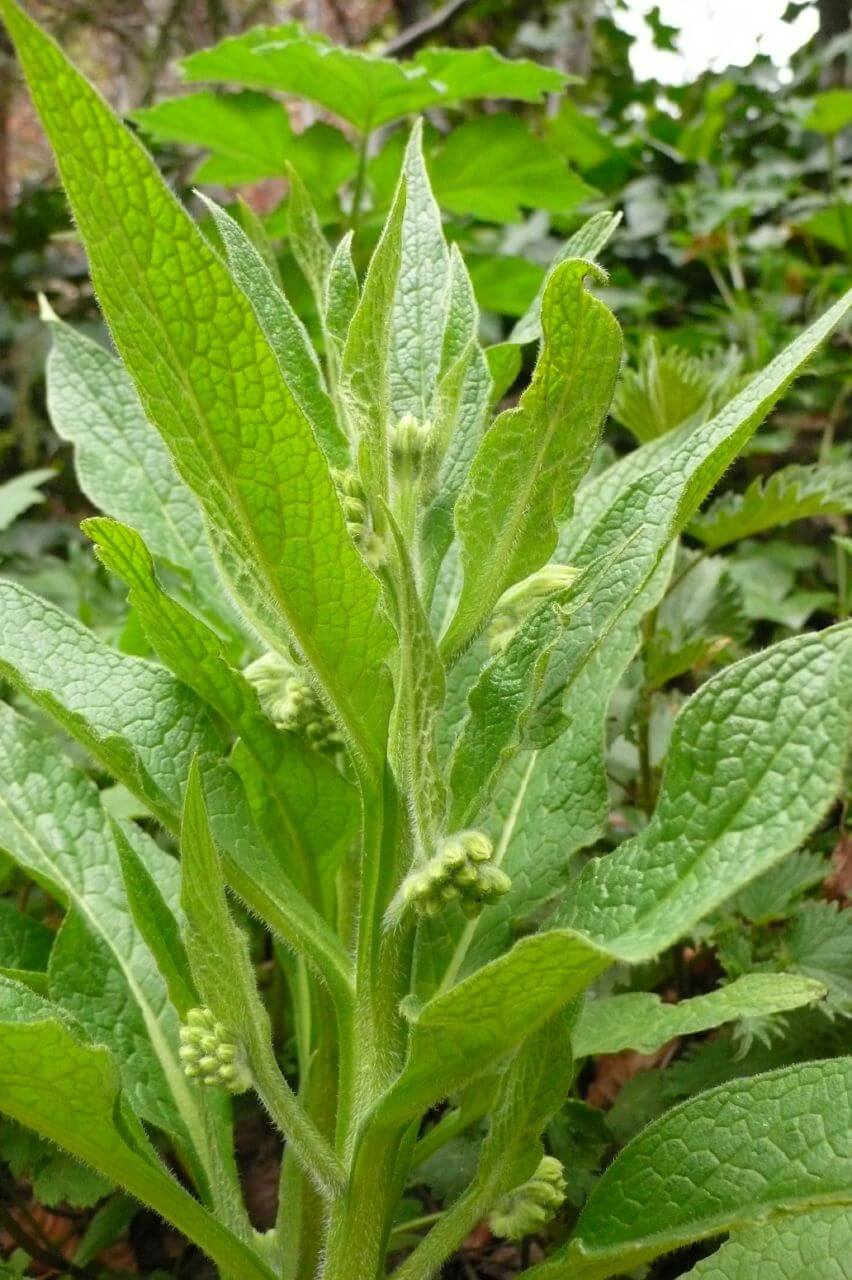
Homesteaders practicing permaculture suggest planting comfrey around the base of orchard trees. Space plants 18 inches apart. The large outer leaves of the comfrey plant form a dense, nutrient-rich mulch and ground cover. At the end of the growing season, comfrey plant leaves and debris make a welcome addition to the compost pile.
Harvesting Comfrey
While the slender leaves can be harvested anytime, comfrey is at its peak just before the flowers bloom. Experienced comfrey growers suggest waiting until the second or third year to harvest, allowing time for the roots to fully develop and mature.
Cut the comfrey leaves at the base of the soil. Add harvested leaves, stalks, and stems to homestead compost piles, turning the compost pile and mixing comfrey greenery well into the compost mix.
Comfrey And Composting
Comfrey is at its best as a bio-activator in compost bins. If you have piles of dried brown grass, leaves and garden debris, multi-layering it with comfrey is an excellent method to “jumpstart” decomposition and to balance out carbon to nitrogen ratios.
To effectively kick-start decomposition into high gear, collect comfrey leaves and cut or crush them before adding to brown waste. I have found that the fastest way to do this is to add comfrey leaves and a bit of water in the blender and process the mixture on high. I do this in batches, dumping the liquid into a 5-gallon bucket.
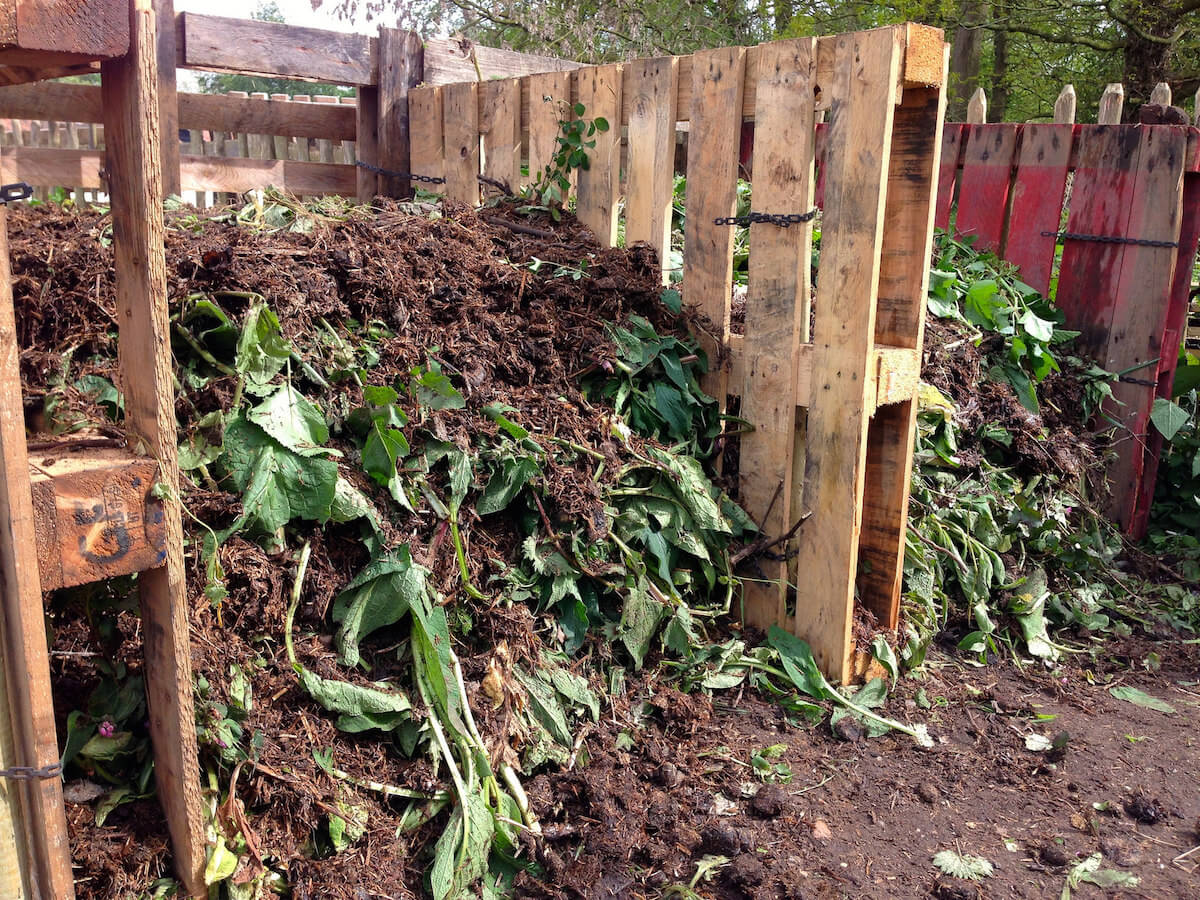
Once I have cleaned up the blender, rinsing it first with water, which I add to the bucket, I fill the bucket with water. I then pour the crushed comfrey and water mixture over the compost pile and toss the mix lightly. This little extra step greatly accelerates the process, allowing microorganisms, beneficial to compost piles, to immediately get to work.
To use comfrey cuttings as green manure, work freshly cut leaves into the soil around garden plantings, shrubs, and trees. Using comfrey cuttings as green manure is a trick of urban gardeners who don’t have convenient access to herbivore manure (cow, sheep, goat, horse, or llama) or gardeners who simply seek the soil-enhancing benefits of green manure without the unpleasant smell. Comfrey compost is rich in microbial content and makes an excellent conditioner for all types of soil.
Cautions And Concerns
Agricultural research studies conducted over the past two decades suggest comfrey may contain certain toxic alkaloids that many researchers consider a potential carcinogen, thus restricting the development of comfrey as a modern day food crop.
Because of the cautions generated by the research studies, many people avoid ingesting comfrey: Comfrey has proven toxic to the liver. Do not use comfrey in teas or tinctures. Do not feed comfrey foliage to livestock.
Benefits Of Comfrey
Comfrey is considered an important herb in traditional folk medicine, long used in poultices proven helpful for bruises, sprains, muscle tears, and to help heal broken bones. To craft a drawing salve for infections, splinters, or lesions, add powdered marshmallow root or slippery elm to a comfrey-based salve or ointment.
A simple drawing salve only requires about 3 cups of freshly cut and finely chopped comfrey and 1 cup of extra virgin coconut oil. Mix comfrey and coconut oil in a double boiler and simmer over low heat to extract the healing essential oils.
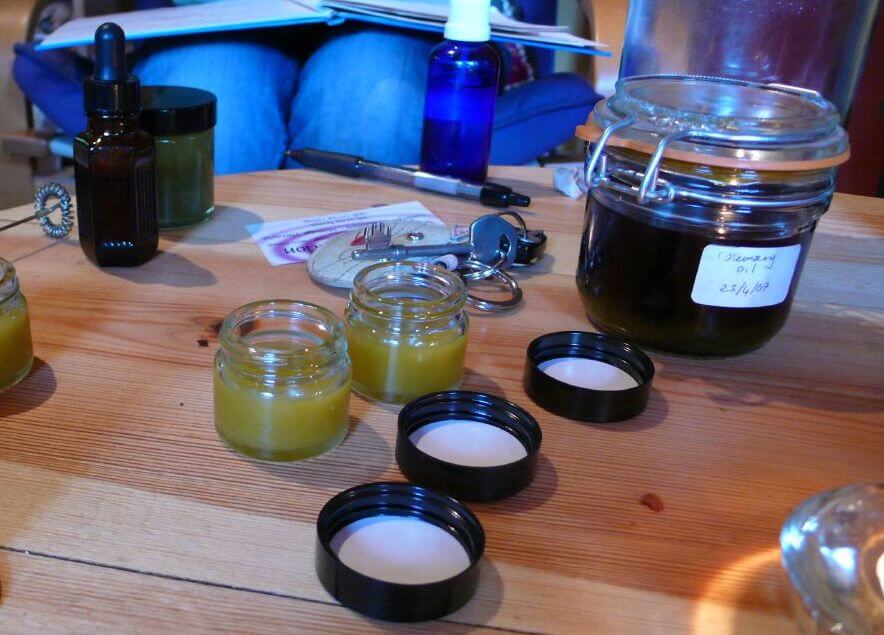
Remove the oil mixture from the heat and strain through cheesecloth into a glass measuring cup with a spout. Add two tablespoons of chopped beeswax to the mixture to achieve a salve with a firm consistency. Stir to blend and melt the wax. Pour the mixture into sterile, small glass jars. If you use dark-colored glass jars with sealable lids, the antiseptic ointment will store well for several years.
Fresh comfrey steeped in coconut oil is an excellent base for a diverse array of homemade salves and ointments that offer natural relief from burns, abrasions, insect bites, and chaffing. Experiment with the addition of freshly cut flowers and leaves of your favorite medicinal herbs.
A salve combining peppermint essential oil and comfrey provides relief from the burdensome pain of burning, aching feet and is especially helpful to persons suffering from diabetic neuropathy.
However, for homesteaders, one of the plant’s most useful qualities is its role in maintaining healthy permaculture systems. Every homestead should grow a plot of comfrey. Comfrey decomposes to create great moisture-holding mulch and the most nutrient-rich compost you can imagine.
Comfrey also helps repel invasive predators that damage the homestead harvest. It’s a fact! Comfrey mulch, spread around the base of plants in the garden, is the best slug deterrent I have ever used.
References
- Comfrey: A Clinical Overview, US National Library of Medicine National Institutes of Health
- Comfrey, University of Wisconsin – Alternative Field Crops Manual
- Wild Comfrey, Missouri Department Of Conservation

